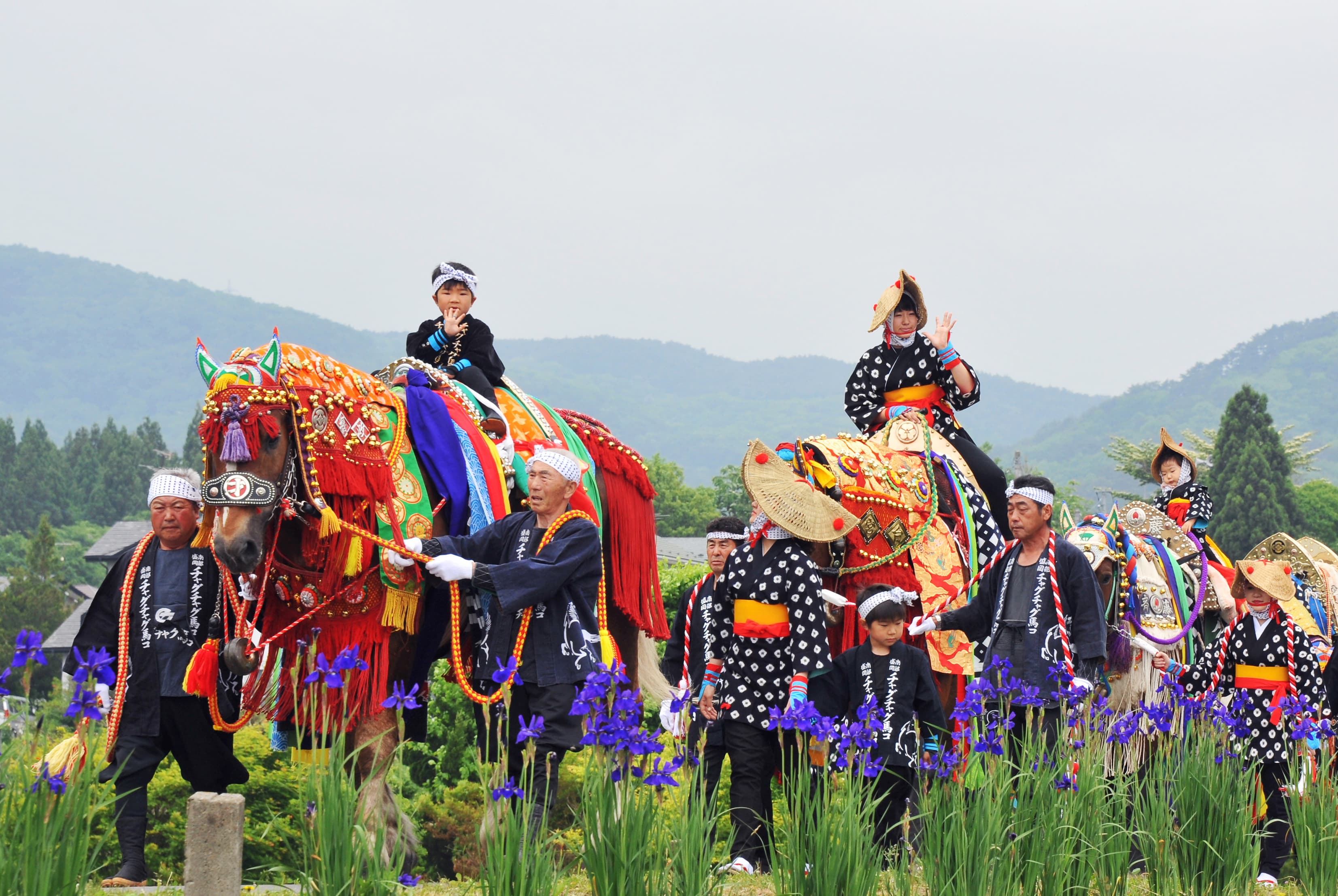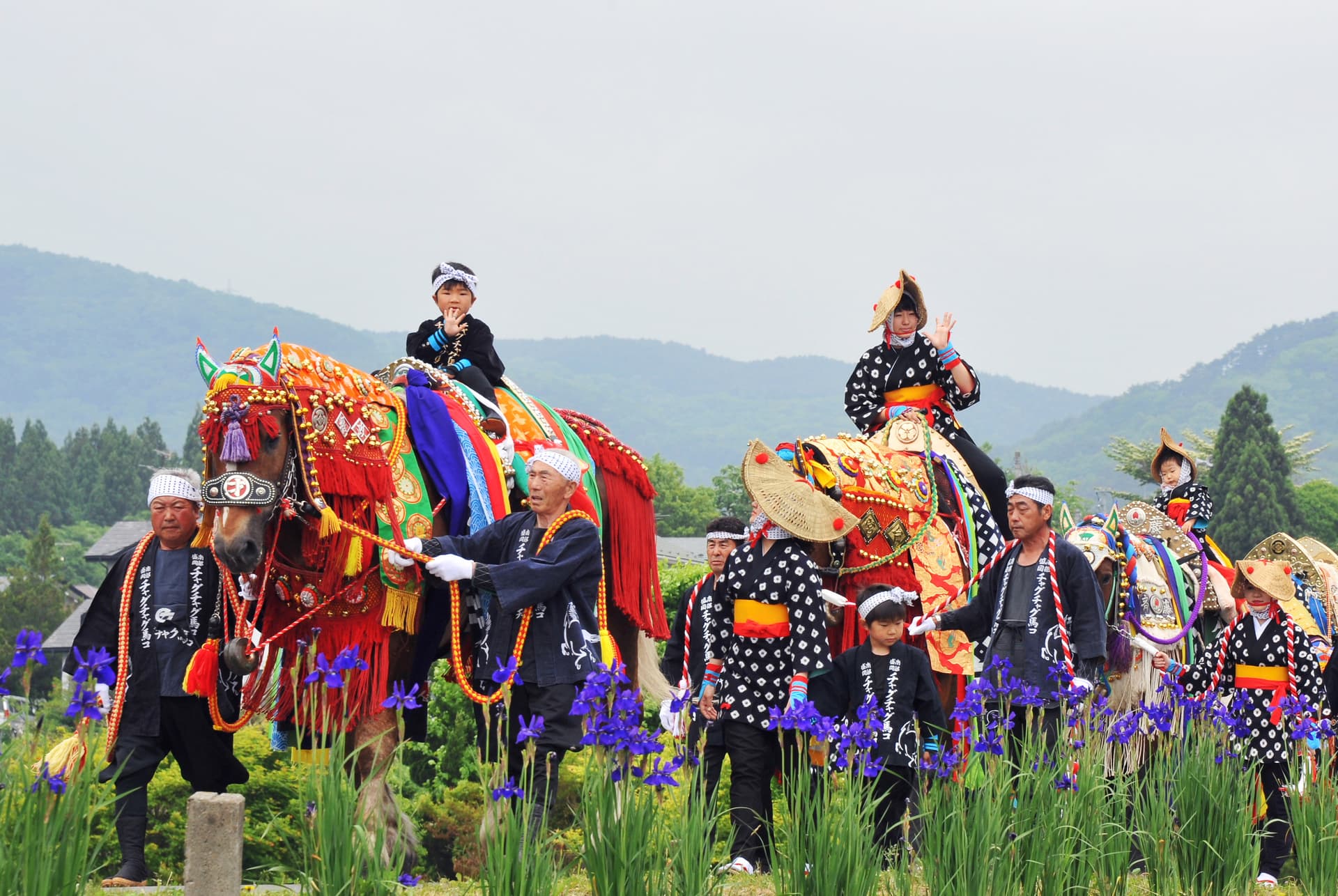
Chagu Chagu Umakko Festival
チャグチャグ馬コAdvertisement
Event Venue
Onikoshi Sozen Shrine
100-3 Sotokubo, Ukai, Takizawa-Shi, Iwate
- Morioka StationYamada LineTazawako LineIwate Galaxy Railway LineTōhoku Main Line
- 22 minutes bus drive to Ukai shogakko mae
- Walk 24 minutes
Morioka Hachimangū Shrine
13-1 Hachimancho, Morioka-Shi, Iwate
- Morioka StationYamada LineTazawako LineIwate Galaxy Railway LineTōhoku Main Line
- 13 minutes bus drive to Hachimangu mae
- Walk 1 minutes
At Hey Japan!, we strive to keep the events listed on our website as current as possible. However, it is important to note that event organizers may make changes to their plans, including cancelling events, altering schedules, or modifying admission requirements, without prior notice. To ensure that you have the most accurate information, we recommend checking official websites before attending any events.
Last Updated:



